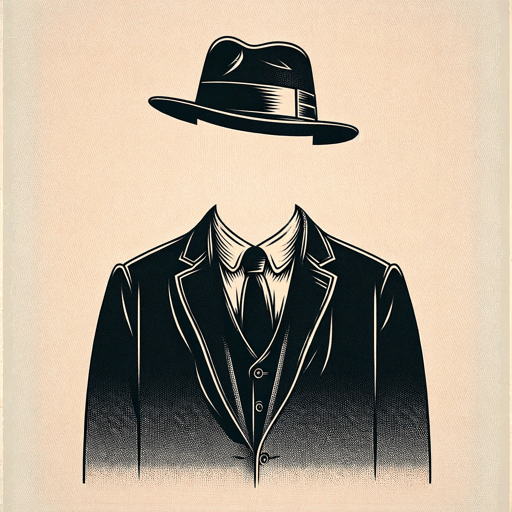24 pages • 48 minutes read
Philip RothThe Conversion of the Jews
Fiction | Short Story | Adult | Published in 1958A modern alternative to SparkNotes and CliffsNotes, SuperSummary offers high-quality Study Guides with detailed chapter summaries and analysis of major themes, characters, and more.
Story Analysis
Analysis: “The Conversion of the Jews”
In “The Conversion of the Jews,” Roth explores themes of truth, power, belief, and existentialism/absurdity. Set in the late 1950s, the work fits within the postmodern movement in literature, which seeks to interrogate systems of power and authority that are usually viewed as natural or given. In the story, authority figures lack the knowledge and expertise to competently perform the duties entrusted to them. The prime example is Rabbi Binder, who cannot answer Ozzie’s theological questions and cannot maintain order with his students. The story also questions the authority of God: Ozzie is frustrated by God not demonstrating that he can do anything he wants—generating his obsession with whether the virgin birth was possible.
The short story employs humor to critique religion, power, and claims to absolute truth. The story’s tone is established immediately with the conversation between Ozzie and Itzie. They have no reverence for Jewish traditions and little regard for Rabbi Binder’s authority. Furthermore, their language is not elevated in the sense typically associate with “literature.” Ozzie also humorously subverts the authority of the rabbi and later his mother and community. The moment of “conversion” at Ozzie’s hands is humorous because of the absurdity of the situation and because it questions the validity of religious belief.
Related Titles
By Philip Roth

American Pastoral
Philip Roth

Defender Of The Faith
Philip Roth

Everyman
Philip Roth

Goodbye Columbus
Philip Roth

Indignation
Philip Roth

Operation Shylock: A Confession
Philip Roth

Patrimony
Philip Roth

Portnoy's Complaint
Philip Roth

Sabbath's Theater
Philip Roth

The Counterlife
Philip Roth

The Ghost Writer
Philip Roth

The Human Stain
Philip Roth

The Plot Against America
Philip Roth

Zuckerman Unbound
Philip Roth

